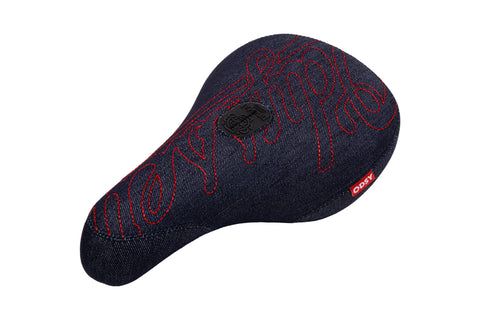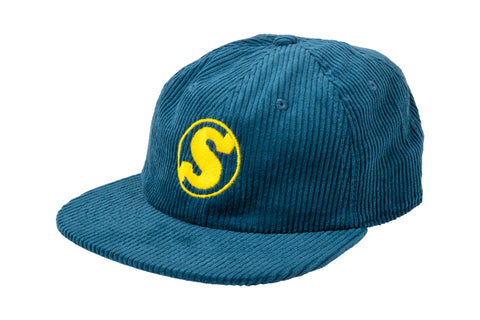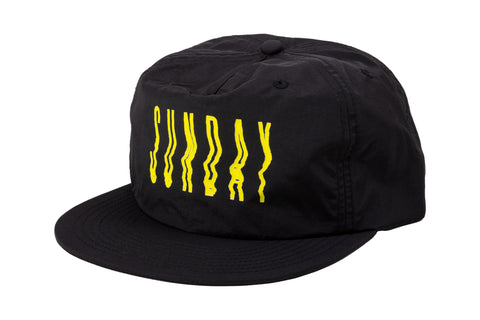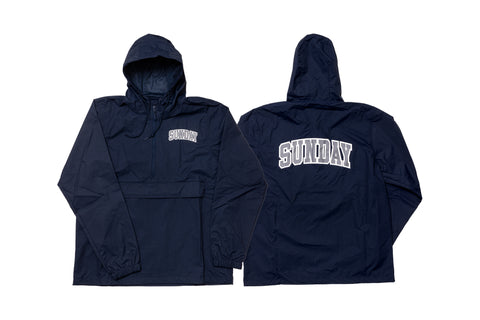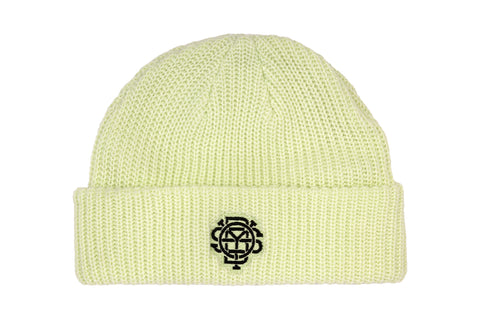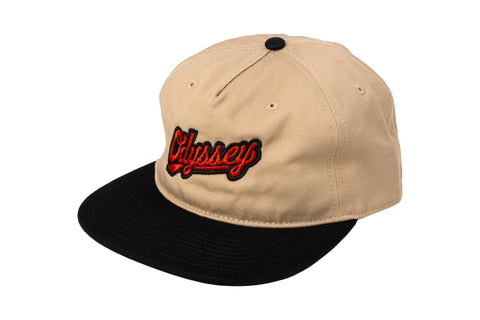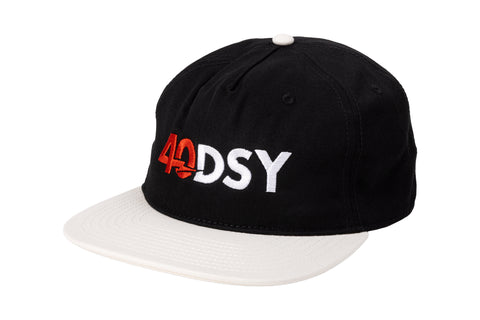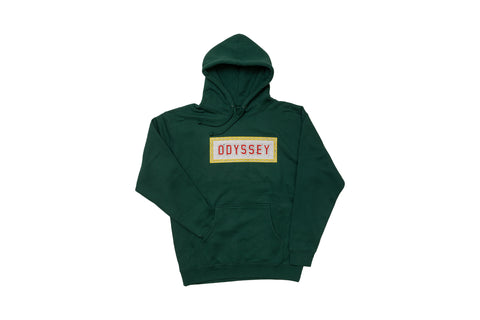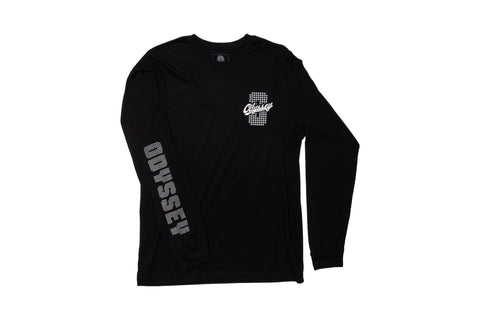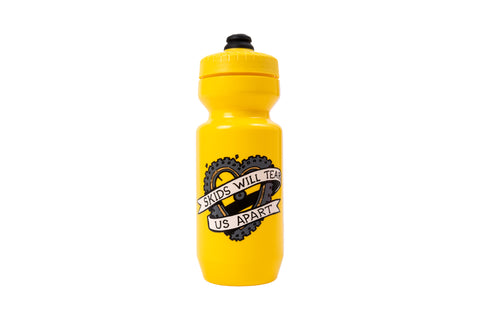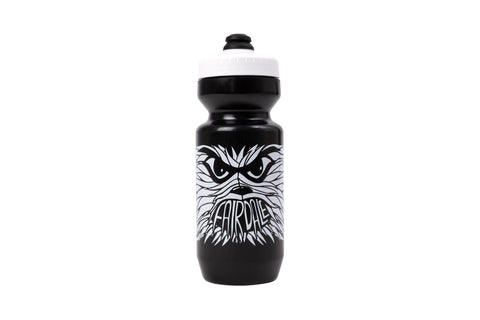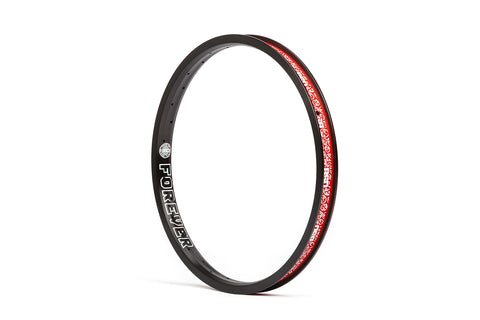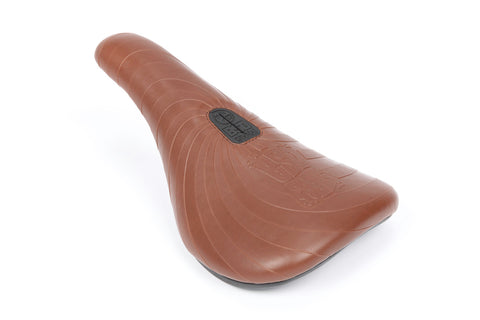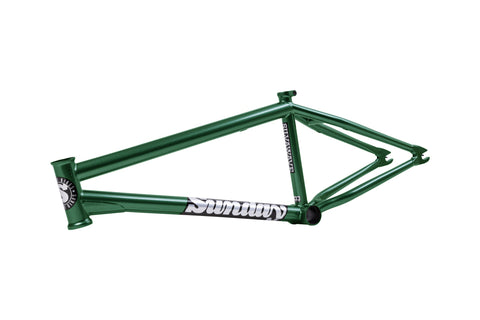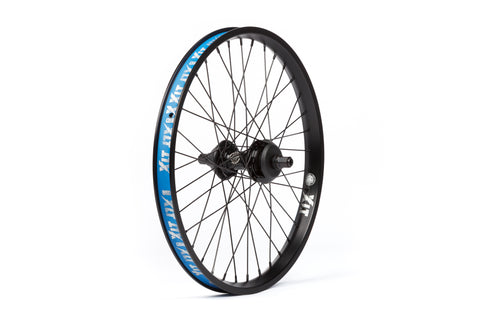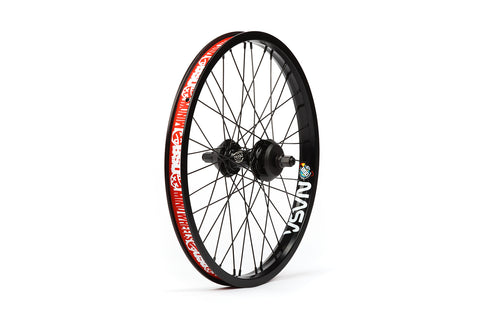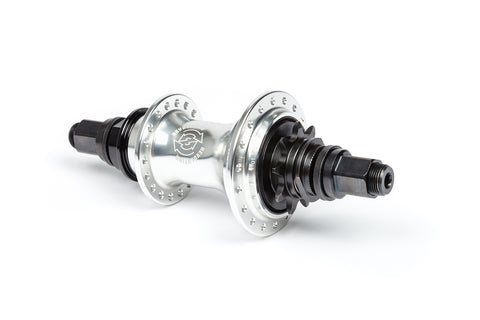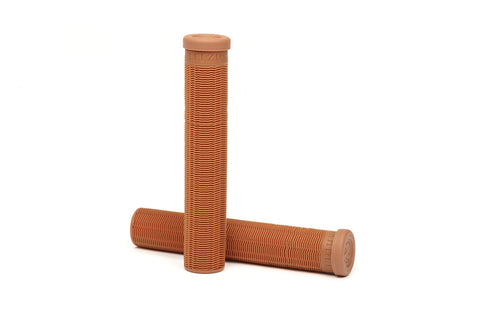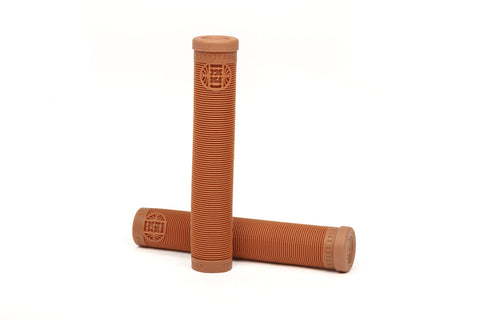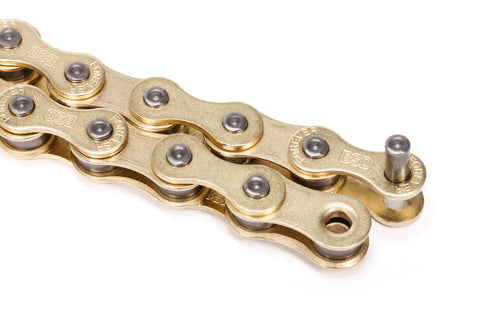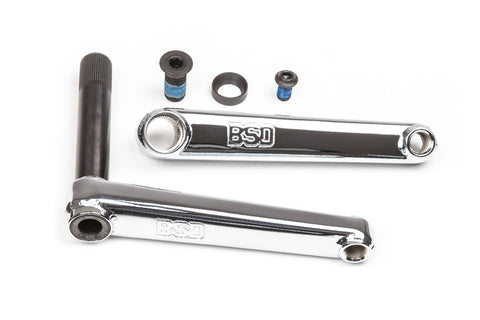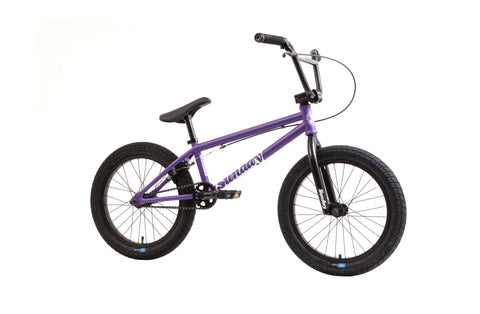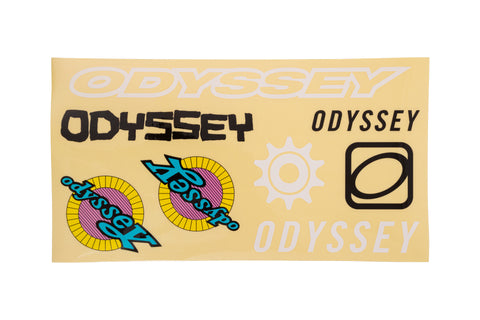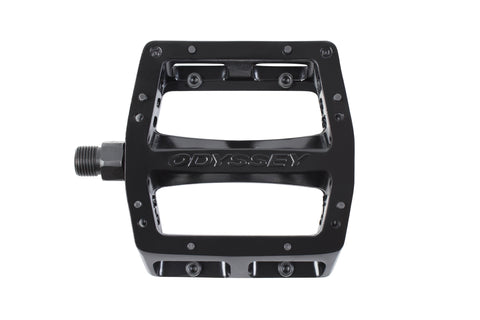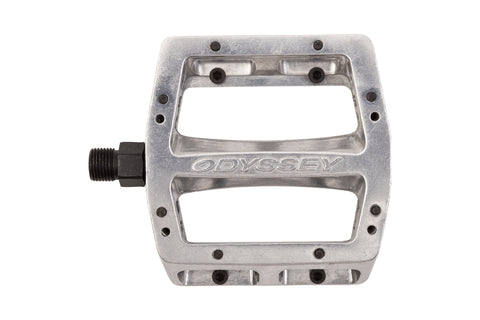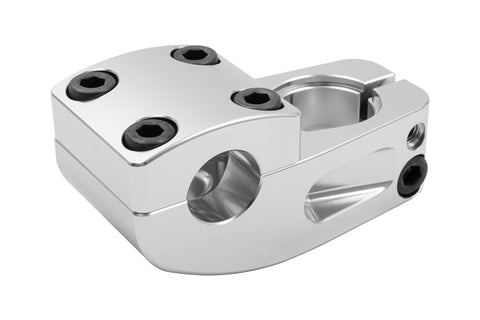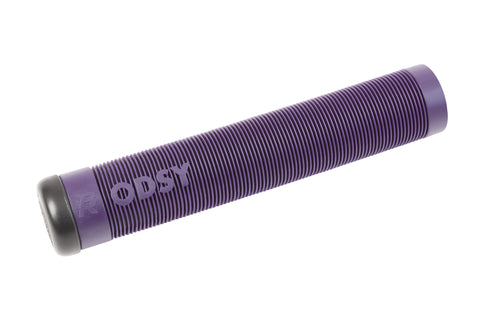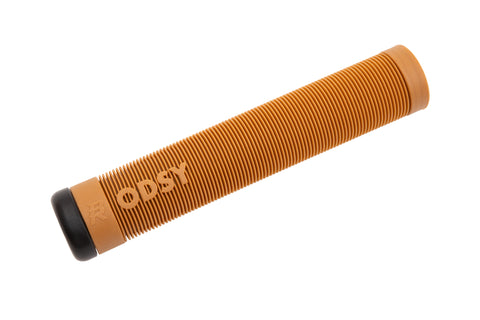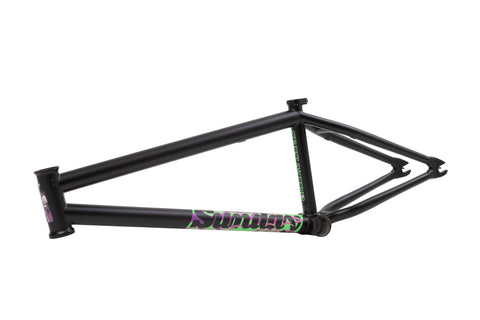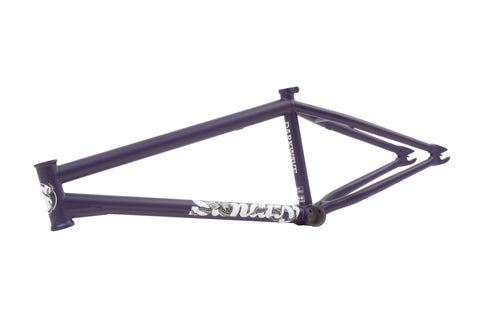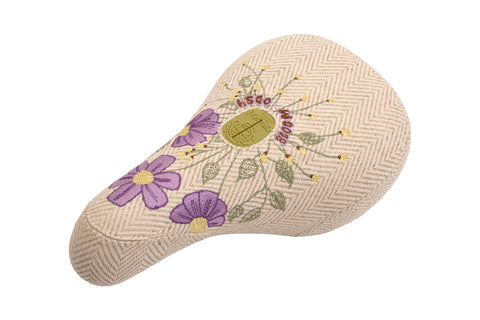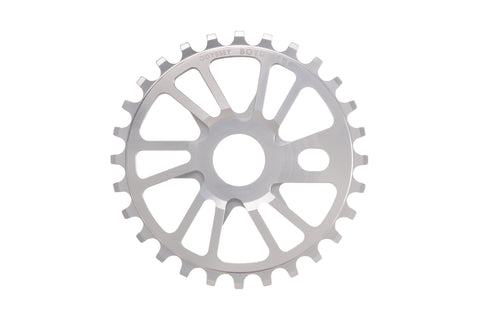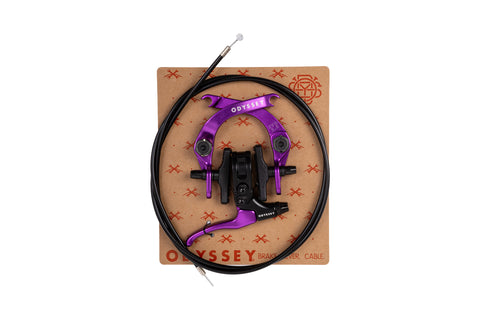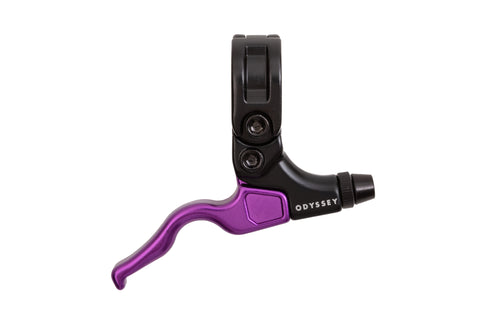Fairdale CHAINtenance guide November 15 2013
Straight from the work bench of our factory mechanic Leif Valin brings you a write up on how to take care of your chain. This often overlooked component is so crucially important to your bike. Give it a little love and it will make your ride a whole lot nicer. Your chain, cogs and chainring(s) are wonderful mechanical components that help propel you forward on your bicycle. A new fresh chain arrives clean and nicely lubed from the factory. Your cogs and chainwheels whirl happily along together, meshing perfectly like soulmated lovers in a fairy tale… But after some hard miles in the real world the drive train can start to yell and scream like HeyMan waking up to empty cans of Steel Reserve©. This isn`t a pretty sound or sight. Reasons to lube your chain: -You`ll be able to dumpster dive more stealthly. -Support the chain lube companies! -You can maintain your introvertedness and remain unheard. -People will admire your quietness! (especially in Japan). Reasons to not lube your chain: -You really want a bike mechanic for a lover and this is a good conversation starter. -Don`t support the chain lube companies! -You wont need a bell! You`re bike will be heard creaking and squeeking along. You will not be able to deliver ninja attacks. -You like spending $500 on new Dura Ace or Campagnolo chainrings as often as possible. -You need a reason to go to the bike shop. When your chain gets noisy you could turn your headphones up and continue riding much to the dismay of mechanics and quiet moments all over the globe. Or, you could lube it. Some weekly chain maintenance takes minimal time and will keep your pedal strokes efficient and quiet. -Typically a chain lasts from 1,000 to 2,000 miles with many variables involved. More climbing or heavier loads wears a chain faster. Riding on flat roads or under less load (lower gear/higher cadence) wears a chain less. So a chain could last 700 miles for one rider and 3,000 miles for another based on those variables alone. A good or bad maintenance schedule can have a huge effect on this too. -A nice chain wear measuring tool is good to have. This measures overall wear of the chain and can help you know when to replace your chain before it gets super stretched and prematurely wears out your chainrings and cassette cogs. I like the Rohloff chain wear gauge. It has two distance indicators to measure how much your chain has stretched or worn. -At the .075mm gauge distance you can usually replace the chain and it will mesh fine with the existing cogs/chainrings. -If you replace the chain when it is stretched to the .10mm gauge distance, the cogs(rear) may be worn the same distance as the old chain and a new chain may not mesh well and actually skip forward over the teeth (which is unsafe). Usually it’s a good bet that if your chain is worn to the .10mm you`ll need […]











